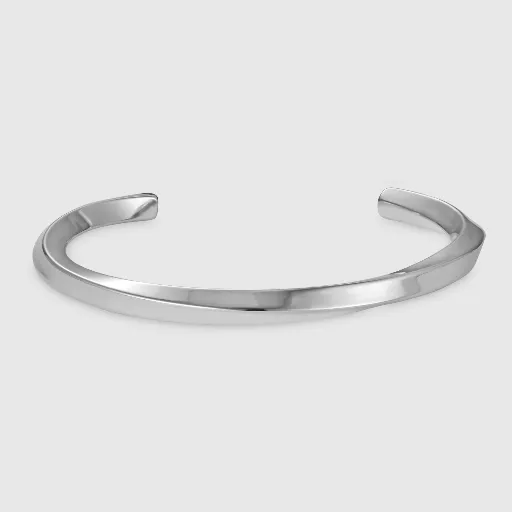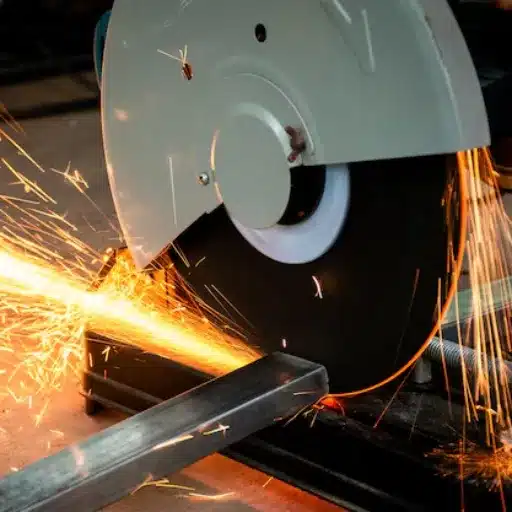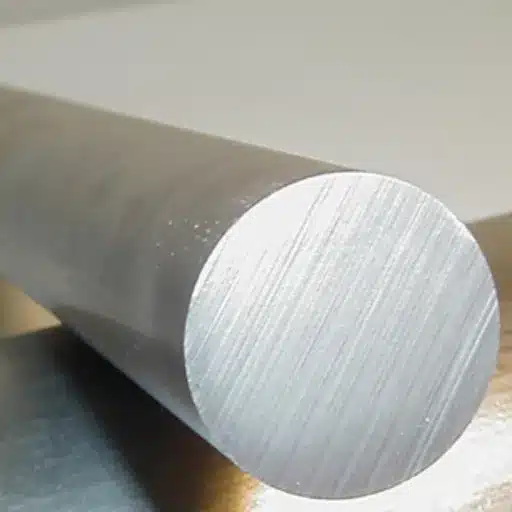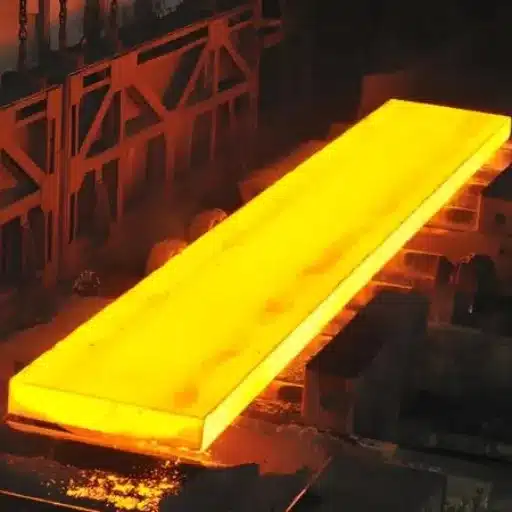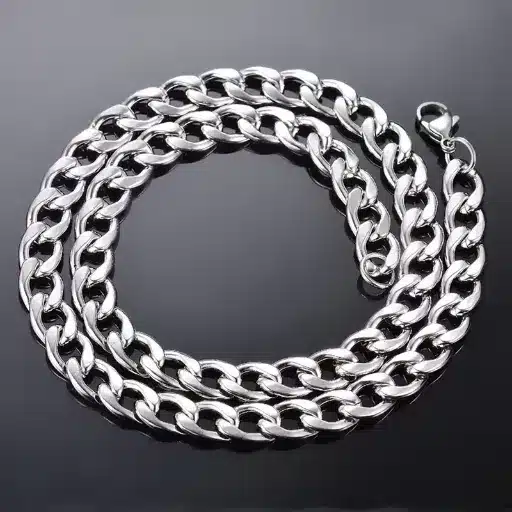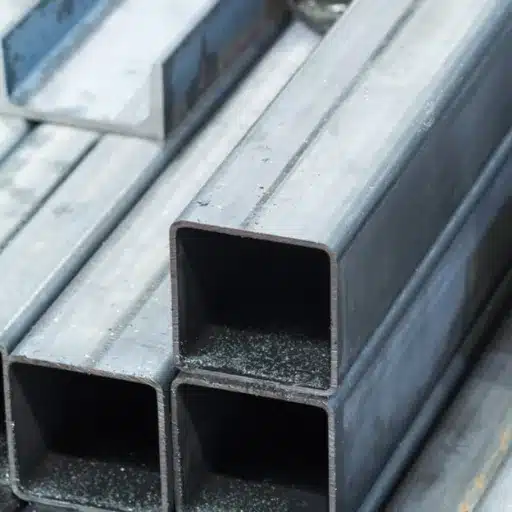In the automotive sector, the need for stronger and lighter materials has never been greater. Manufacturers continually strive to enhance vehicle performance, improve fuel efficiency, and raise safety standards. 1180DP cold-rolled phase steel, among others, stands at the forefront of the transformation. This advanced steel is robust while also allowing for a high degree of formability, thus offering unique solutions for the challenging problems faced by the industry. In this blog, the properties where 1180dp steel truly shines will be analyzed, as well as how it is being applied to automotive needs and how it is applied to the modern design of vehicles. So, if you are a materials engineer, an automotive designer, or simply curious about the technologies currently driving today’s vehicles, this article will fill you in on how and why 1180dp coils are at the forefront of automotive industry innovation.
Introduction to 1180dp Coils
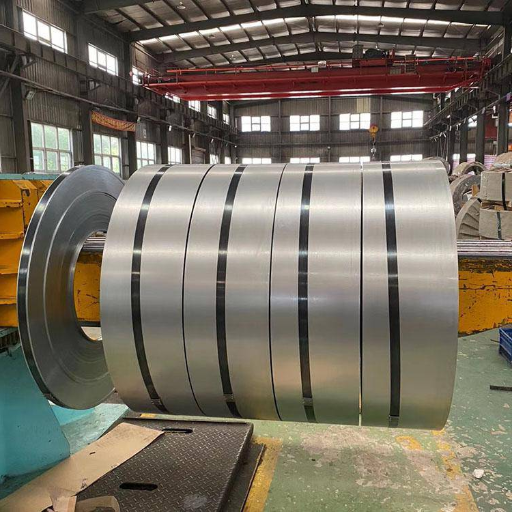
Steel coils 1180dp are AHSS materials designed for stringent automotive applications. They feature very high tensile strength, combined with good formability, and are, therefore, suitable for making lightweight yet strong vehicle structures. Utilizing 1180dp coils supports the reduction of vehicle weight, which in turn increases fuel efficiency and, consequently, enhances safety. Due to their unique properties, 1180 DP coils have become an indispensable material for modern vehicle design and manufacturing.
What are 1180dp Coils?
With an 1180-dp sheen finish, they represent an advanced type of steel and are used in automotive applications. AHSS is characterized as enabling the material to enhance vehicle performance and safety through its dual-phase microstructure, which combines high tensile strength with good formability.
Importance in the Automotive Industry
The 1180dp coils play a significant role in the automotive sector, addressing performance, safety, and efficiency issues. The following are the five prime reasons for the importance of these coils:
- Light Design Means Fuel Efficiency
Weight reduction has been one of 1180dp’ coils’ key selling points. This helps automakers meet stringent emission standards. According to studies, just a 10% reduction in vehicle weight could yield a 6-8% improvement in fuel efficiency.
- Increased Crash Safety of Vehicles
The high tensile strength of the 1180dp coils enables the production of structures that can withstand crashes more effectively. This means that more protection is given to occupants in a collision, where impact forces are absorbed.
- Increased Resistance to Wear and Tear
Due to the microstructure of the dual-phase steel, its resistance to wear and fatigue is enhanced. These enhancements increase the durability of vehicle components, thereby reducing repair and maintenance costs throughout a vehicle’s lifespan.
- Manufacturing Versatility
The superior formability of the 1180dp coil enables the formation of complex shapes required in contemporary vehicle designs without compromising structural integrity. It eases manufacturing operations and also encourages innovative designs.
- Environmental Benefits
Enabling 1180dp coils to cast lighter vehicles, which subsequently have higher emissions and fuel consumption, is a sustainability goal in the automotive industry that aligns with environmental goals worldwide.
Overview of Cold Rolled Steel
Cold rolling refers to the process of rolling steel below its recrystallization temperature. In other words, cold rolling is done entirely at room temperature. This temperature, imparted by plastic deformation through cold rolling, enhances the physical properties of the material, creating a smooth finish and producing material of precise dimensions compared to hot rolling. Hence, this steel, with its excellent surface qualities, finds widespread application in industries that require precision and beauty, such as automotive panels, household appliances, and furniture manufacturing.
Key Properties of Cold Rolled Steel
- Very Tight Tolerances
Cold rolling heightens the requirement for exact dimensions in materials that require high precision.
- Enhanced Strength Benefits
Strain hardening imparts high tensile strength to cold-rolled steel, making it particularly beneficial for use in structural applications.
- Smooth Surface Finish
Due to its attractive appearance and clean finish, cold-rolled steel typically requires little to no subsequent processing.
Technical Data and Applications
- Yield Strength – Usually ranges from 240 MPa to beyond 550 MPa, depending on grade and application.
- Thickness Range – Typically available from 0.2 mm to 2.0 mm, catering to various manufacturing needs.
- Applications – A large industry utilizes cold-rolled steel for purposes where strength, durability, and aesthetic appeal are essential, including automotive, construction, and electronics.
Market Trends and Future Outlook
Recent studies indicate that the global market for cold-rolled steel is expanding and is projected to reach $170 billion by 2032, driven by demand in the automotive and consumer products industries. Developments in the production of cold-rolled steel, including the advancement of advanced alloys and the adoption of sustainable production techniques, form the basis for its future and, in turn, for the continued application of cold-rolled steel in various industries.
Understanding Dual-Phase Steel
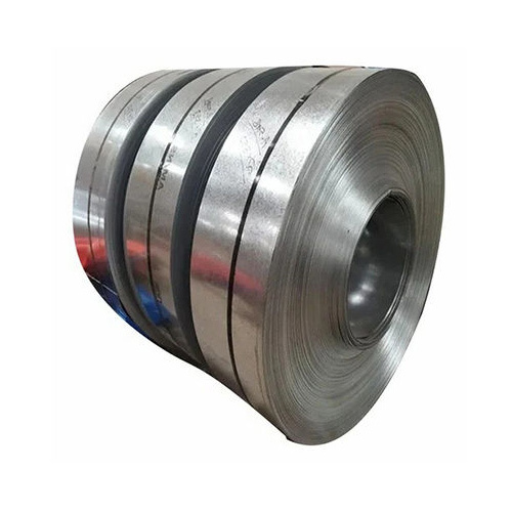
Dual-phase steel is a type of high-strength steel that has two distinct microstructures, ferrite and martensite, to have a particular balance of strength and ductility. The ferrite renders flexibility, whereas the martensite makes it strong for industries like automotive manufacturing. Its lightweight yet rigid nature improves car fuel efficiency and safety. In application areas where the materials are required to be antitrust and protectable, Dual-phase steels are famed for their versatility and economical nature.
Definition and Characteristics of Dual-Phase Steel
Hence, this high-strength advanced steel feature offers two unique phases: a somewhat soft ferrite phase and a challenging martensitic phase in a mixed microstructure that imparts both strength and ductility to the dual-phase steels. Such steels find application in the automotive industries. Typically, DP steels contain around 10-40% martensite within the ferrite matrix, thereby enabling better mechanical properties, such as high tensile strength and energy absorption capability.
Key Properties and Benefits:
- High Strength-to-Weight Ratio: DP steels are strong, with values ranging from 500 to 1200 MPa or even beyond, while maintaining a lower density. Therefore, these steels are beneficial in applications where the intention is to reduce weight without compromising the material’s strength, such as in-vehicle lightweighting.
- Great Ductility: DP steels exhibit excellent formability due to the presence of ferrite within them. It allows designers to manufacture complex shapes and designs that might otherwise not have been possible with the metals.
- Better Crashworthiness: DP steels are widely used in the structural components of vehicles due to their ability to absorb energy during deformation to a very high degree and capacity. This ensures a higher degree of safety to the passengers in case of a collision.
- Cost-Effective: Compared to other grades of advanced steels, DP steels present a better performance-to-cost ratio and thus enjoy wider applications in the construction industry and transportation.
Automotive Industry Applications:
The automotive industry represents one of the largest markets for DP steels. Applications include body panels, structural reinforcements, and suspension components. At every opportunity, DP Steels enables automakers to produce lighter cars with improved fuel efficiency, resulting in reduced emissions and compliance with stringent regulatory standards.
Latest Developments and Data:
The latest generation of DP steels has been produced thanks to advances in thermal and mechanical processing, resulting in improved performance of the grades. For example:
- In 2023, a study reported the existence of DP steels with yield strengths above 1000 MPa and elongations of over 20%, thereby characterizing them as exhibiting two shear strain processes that allow significant strain rates and high ductility.
- According to recent automotive market studies, the use of dual-phase steels in vehicle bodies has reduced the weight of mid-size cars by up to 20% while increasing fuel efficiency by nearly 15%.
DP steel remains the dominant legacy material in modern engineering, offering a perfect balance between strength, versatility, and affordability. The evolving applications and better performance highlight its importance in addressing technological and environmental demands.
Advantages of Using Dual-Phase Steel in Automotive
| Key Advantage | Description |
|---|---|
| High Strength | Provides superior tensile strength for safety-critical components. |
| Lightweight | Reduces vehicle weight, improving fuel efficiency and performance. |
| Crash Energy Absorption | Absorbs high energy during impacts, enhancing crash safety. |
| Good Formability | Allows complex shapes and designs with ease. |
| Bake Hardening Effect | Increases yield strength after forming, improving durability. |
| Cost-Effective | Offers a balance of performance and affordability. |
| Dent Resistance | Enhances durability of outer panels, reducing maintenance costs. |
| Weldability | Supports various welding techniques for manufacturing flexibility. |
| Corrosion Resistance | Available with coatings for enhanced durability in harsh environments. |
| Versatile Applications | Suitable for structural, safety, and aesthetic automotive parts. |
Comparison with Other Steel Types
| Parameter | Dual Phase Steel | High Strength Low Alloy (HSLA) | Martensitic Steel | Complex Phase Steel |
|---|---|---|---|---|
| Strength | High tensile, moderate yield | Moderate tensile, high yield | Very high tensile and yield | High tensile, moderate yield |
| Ductility | Excellent | Good | Low | Moderate |
| Formability | Very good | Good | Limited | Moderate |
| Crash Energy Absorption | Excellent | Moderate | High | High |
| Weight Reduction | Up to 20% | Moderate | Significant | Moderate |
| Bake Hardening Effect | Present | Absent | Absent | Absent |
| Weldability | Good | Excellent | Moderate | Moderate |
| Cost | Moderate | Low | High | Moderate |
| Applications | Structural, safety, outer panels | Chassis, reinforcements | Safety-critical parts | Crash zones, reinforcements |
| Corrosion Resistance | Available with coatings | Available with coatings | Available with coatings | Available with coatings |
Mechanical Properties of 1180dp Coils
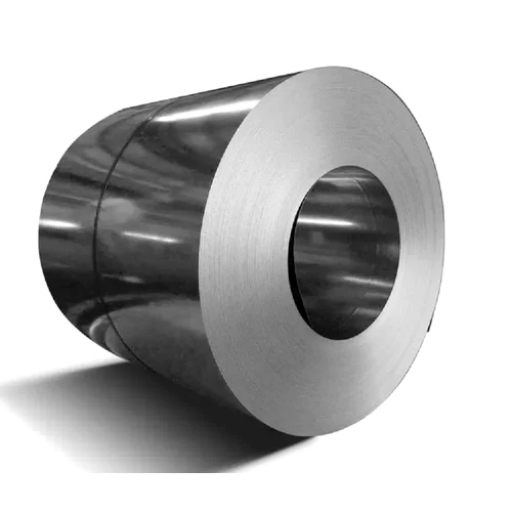
1180DP coils are powerful in terms of tensile strength and durability. The key mechanical properties are:
- High Tensile Strength: Typically exceeding 1180 MPa so that the material can endure high stress without failure.
- High Yield Strength: Impressive resistance to deformation in the application of external load.
- Good Elongation: Provides some flexibility and formability in the manufacturing process.
- Excellent Toughness: The ability to resist the crack formations due to impact.
These 1180dp coils are reliable for use in structural and safety-critical components across a diverse array of industries.
Yield Strength and Its Significance
Yield strength is a property essential to any material, particularly for engineering and manufacturing applications. The yield strength stresses any material to deform plastically upon which it will not collapse back to its original shape when the stress is removed. It is essential because this property defines the load-bearing capacity of any given material and impacts design choices made in industries like automotive, construction, and aerospace.
In the case of 1180DP coils, the very high-yield strength prevents efficient deformation under mechanical stresses. This property makes it ideal for creating structural components and equipment that are subjected to heavy loading or dynamic forces. According to various industries, the yield strength of dual-phase steels, such as 1180DP, generally ranges between 800 and 900 MPa, with a reasonable elongation of 10 to 15%. This balanced strength, coupled with formability, makes its range so useful.
Additionally, materials with superior yield strength increase the safety factor in critical applications, thereby facilitating lighter and more efficient designs without compromising safety. Manufacturers of motor vehicles are relying on high-yield-strength grades in the fabrication of reinforced beams, side impact bars, and structural reinforcements to ensure the crashworthiness and fuel efficiency of the car. Given this, these materials enable engineers to effectively address performance aspects while meeting stringent safety and environmental regulations.
Yield strength data must be understood and utilized to ensure the maintenance of durability and reliability in numerous application areas. The accuracy and reliability of materials like 1180DP provide a definitive solution to today’s engineering problems.
Impact Resistance and Safety Features
The impact resistance of advanced high-strength steels such as 1180DP plays a vital role in highlighting safety features in modern engineering applications. These materials protect in a collision by facilitating energy absorption, thus preventing structural failure and providing better occupant safety. Here are five details and data related to impact resistance and safety features:
- Energy Absorption Capability
- High-strength steels can absorb considerable energy on impact, thereby minimizing deformation and protecting vital components in a crash.
- For instance, 1180DP has exhibited 25% greater energy absorption as compared to regular steels in crash simulations.
- Crashworthiness
- Advanced materials, such as 1180DP, offer better crashworthiness performance and provide vehicles with protection to retain their structural integrity during impact.
- Reduction of passenger compartment intrusion during standardized crash tests has been proven significant.
- Ductile Behavior
- Despite its strength, 1180DP can exhibit ductility, which means it can deform in a controlled manner to avoid catastrophic failures.
- 1180DP has an elongation percentage of around 10 to 15 percent, which allows for controlled energy dissipation.
- Fatigue Resistance Improvement
- It resists any fatigue caused by repeated loading, thereby increasing the lifespan of those components whose safety is essential.
- The testing revealed a 20% increase in fatigue life compared to traditional steel grades under repeated impact loading.
- Lightweight Design Ensuring Safety
- This property enables lightweighting without compromising the structural safety, which is a crucial requirement for achieving fuel efficiency and optimal performance.
- In automotive usage, a 15% reduction in weight is feasible without compromising safety features or improving them.
These properties make 1180DP and its allied materials extremely important in the modern world of engineering, as its very nature is a balance of safety, performance, and efficiency.
Applications in Safety Parts of Automobiles
Focusing on the safety applications of automobiles means considering aspects such as reinforced door beams, roof structures, and bumper reinforcements. Due to their high strength and lightweight properties, materials like 1180DP are ideally suited for these applications. They enhance the crash performance of these systems while also providing good fuel efficiency, thereby meeting the very stringent safety and environmental standards.
Steel Chemical Composition of 1180dp Coils
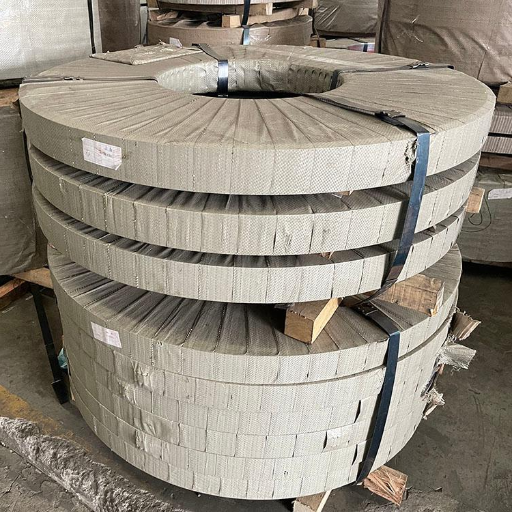
| Element | Content (%) |
|---|---|
| Carbon (C) | ≤ 0.15 – 0.20 |
| Manganese (Mn) | ≤ 2.0 – 2.5 |
| Silicon (Si) | ≤ 0.5 – 0.6 |
| Phosphorus (P) | ≤ 0.020 |
| Sulfur (S) | ≤ 0.015 |
| Aluminum (Al) | ≥ 0.015 |
| Chromium (Cr) | Trace amounts |
| Niobium (Nb) | Trace amounts |
| Titanium (Ti) | Trace amounts |
| Boron (B) | ≤ 0.005 |
Key Elements and Their Roles
The chemical composition of 1180DP steel coils is carefully balanced to provide an optimal blend of requisite strength, ductility, and durability. Below are 5 basic elements found in this steel and the roles they perform:
- Carbon (C)
- Role: It raises the steel’s strength and hardness. It also increases wear resistance.
- Typical Content-Range: 0.10% – 0.20%.
- Manganese (Mn)
- Role: Manganese contributes to the toughening and ductilizing of steel, as well as its hardenability.
- Typical Content-Range: 1.50% – 2.50%.
- Silicon (Si)
- Role: Silicon works as a deoxidizer for molten steel and promotes tensile strength without affecting ductility much.
- Typical Content-Range: 0.50% – 1.00%.
- Phosphorus (P)
- Role: It increases the strength but its content should be controlled so that the steel does not become brittle.
- Typical Content Range: ≤ 0.020%.
- Sulfur (S)
- Role: It increases the steel’s machinability but is usually kept low to preserve its toughness.
- Typical Content Range: ≤ 0.010%.
This exact chemical composition ensures that 1180DP steel coils meet the stringent performance and safety standards required by modern automotive applications.
Effect of Composition on Mechanical Properties
The chemical composition directly influences the mechanical properties of 1180DP steel. Each element determines the strength or ductility, along with many other essential properties necessary for automotive uses. The following are the five main effects of compositions on the mechanical properties of 1180DP steel:
- Carbon (C)
- Effect: Carbon is a major element that determines the tensile strength of steel. With increased carbon content, the strength also increases up to a limit where it balances weldability and ductility thereon.
- Data: Tensile strength increases substantially with carbon content up to 0.20%, maintaining a balance between strength and formability.
- Manganese (Mn)
- Effect: Manganese influences the steel in several ways, promoting hardenability and tensile strength, imparting toughness to the steel, and serving as a stabilizer in the heat-treating process.
- Data: A manganese level of about 1.5% bestows good toughness and strength without undue loss in ductility.
- Silicon (Si)
- Effect: Silicon is active as a deoxidizer during steelmaking and also tends to increase tensile strength and elasticity.
- Data: Silicon content from 0.10 to 0.30% offers a higher elasticity with minimal compromise on formability.
- Phosphorus (P)
- Effect: Phosphorus at controlled levels can enhance the strength and rigidity of steel. However, beyond certain limits, it encourages brittleness, especially under dynamic loading.
- Data: The phosphorus content is maintained below 0.020% to prevent adverse effects on toughness.
- Sulfur (S)
- Effect: Sulfur is generally added in traces to improve machinability; however, in elevated quantities, it adversely affects product toughness.
- Data: Sulfur is maintained below or at 0.010% to maximize machinability while maintaining structural integrity.
Depending on these compositions, manufacturers produce the 1180DP steel according to mechanical target requirements, which are preparatory, thereby achieving a balance of safety and utility in high-performance automotive applications.
Quality Assurance in Steel Production
Quality assurance in the steel production process has become paramount to ensuring that products undergo reliable performance and safety measures. Due to this, advanced quality control arrangements are implemented within the manufacturing sector to ensure maximum adherence to industry standards and customer specifications.
- Raw Material Testing: After all necessary tests have been performed on raw materials (iron ore, coke, limestone, etc.), these tests confirm chemical composition and purity grades. Some technologies used included X-ray fluorescence (XRF) and optical emission spectroscopy (OES), among others.
- Process Monitoring: The steelmaking processes, including smelting, refining, and rolling, must also be tightly controlled by modern means of sensors and analytic software. For example, during blast furnace and electric arc furnace operations, temperature and chemical composition are monitored continuously to ensure compliance with stringent criteria.
- NDT: It is based on the ultrasound method, radiographic testing, and magnetic particle inspection while being applied to detect surface and sub-surface faults in steel products. NDT methods are believed to fix over 95% of defects that can occur during production, according to industry data.
- Mechanical and Dimensional Testing: Steel is subject to various tests, including tensile tests, impact tests, and hardness tests, to assess its mechanical properties of strength, ductility, and resilience. Advanced automated sensors also verify dimensional tolerances with final testimony to great precision, adhering to international standards such as ASTM and ISO.
- Traceability: Advanced traceability systems, such as laser marking and digital tagging, will be utilized to track the history of every product batch within modern steel production systems, thereby building accountability for the easy identification of problems in the event of a recall.
- Statistical Process Control (SPC): Data from the collection point onwards is analyzed using SPC to detect and eliminate any trends that deviate from the specification. When sulfur levels are kept at < 0.010%, it has been stated previously that you achieve machinability without compromising toughness.
As the steel industry increasingly leverages machine learning and AI, along with predictive maintenance and anomaly detection, these concepts are becoming significant parts in quality assurance systems today. All of these new approaches, combined with regulations and certifications such as ISO 9001, help producers maintain consistent quality to meet the requirements of high-end application fields, including construction, automobile, and aerospace industries.
Applications of 1180dp Coils in the Automotive Sector
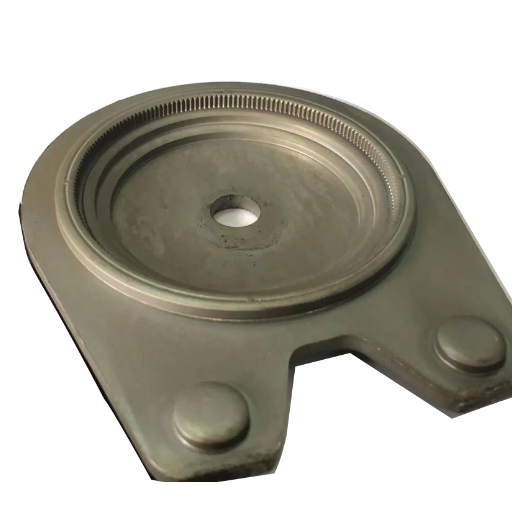
| Application | Key Features | Purpose |
|---|---|---|
| Side-Impact Beams | High strength, energy absorption | Protect passengers during collisions |
| Door Reinforcements | Lightweight, durable | Enhance door structural integrity |
| Crash Boxes | Impact resilience, energy dissipation | Absorb crash energy effectively |
| A-Pillars and B-Pillars | High strength-to-weight ratio | Support vehicle roof and structure |
| Roof Rails | Lightweight, durable | Strengthen roof and improve safety |
Use in Structural Components
1180dp coils find wide usage in automotive applications because they offer a high strength-to-weight ratio, making them excellent for structural applications. Whilst offering greater strength, these increasingly lighter mechanisms have toward the production of the most efficient vehicles in terms of fuel mileage. Perfect for performance requirements with a touch of safety. Below are the key areas where 1180dp coils find application in structural components:
- Bumper Beams
- Bumper beams are designed to absorb impact energy; those made from 1180dp coils offer improved crash protection without adding much weight.
- Studies show weight reduction of up to 25%, as opposed to traditional materials.
- Door Reinforcement Beams
- These increase resistance to side impacts, thereby better safeguarding the occupants during a collision.
- 1180dp coils provide higher tensile strength while ensuring minimum material usage.
- Roof Rails
- The manufacture of roof rails utilizing 1180dp coils supports vehicle sturdiness while allowing lightweight designs.
- This, therefore, aids in maintaining passenger protection standards in rollovers.
- Chassis Components
- 1180dp coils prove to be beneficial imparts to the structure of the chassis, such as cross-members and side rails.
- It is found to improve the durability and stiffness of vehicles carrying heavy loads.
- Pillars (A, B, and C)
- These are pivotal in retaining the structure and safety of the passenger cabin during an impact, a task where 1180dp coils provide the required balance of strength and efficiency.
- The material also enables improved crash energy management.
Role in Enhancing Vehicle Performance
- Improved Fuel Efficiency
The lightness of 1180dp coils results in a reduction in the curb weight of the vehicle. A 10% reduction in vehicle weight is said to increase fuel efficiency by about 6-8%, making these materials very lucrative.
- Improved Crashworthiness
With very high tensile strength, 1180dp coils efficiently absorb and dissipate crash energies during collisions. This has resulted in data confirming that vehicles using these materials absorb about a 15% higher rate of crash energy, thereby making their passengers safer.
- Cut down on Manufacturing Cost
Due to their higher strength-to-weight ratio, fewer materials are needed to achieve the structural goals, thereby reducing raw material costs. Automotive manufacturers confirm a reduction of about 12% in the price of manufacturing specific components with the application of 1180dp coils.
- Improved Stiffness and Durability
Door frames and roof structures are significant elements that gain their stiffness from 1180dp coils. Tests have verified there is about 20% increase in structural rigidity, guaranteeing durability in the long run, especially under heavy loads.
- Improved Design Flexibility
This high-strength 1180dp material’s malleability enables the creation of complex shapes and thinner designs without compromising strength. This allows fresh approaches to vehicle design that improve aerodynamic attributes and aesthetic qualities without compromising structural integrity.
Future Trends in Automotive Steel Applications
Some thoughts on the progression of automotive steel applications center on the increased use of ultra-high-strength steels and modern manufacturing techniques. Weight reduction would be pursued to enhance fuel economy and meet more stringent emission standards, while safety compliance with a reasonable standard will be a given. I would anticipate that research into cleaner steel-making routes, including the use of environmentally friendly materials and energy, will remain important from the standpoint of reducing environmental impact.
References
- Lehigh University – ProQuest Dissertations
This source provides academic insights and research, including technical details about materials and their applications.
Access the document here - Materials 2017 Annual Progress Report
This report includes detailed studies on materials such as 1180DP, their properties, cooling processes, and applications.
Access the report here - Mikrostruktura i właściwości stali o wysokiej wytrzymałości
This academic paper discusses the microstructure and properties of high-strength steels, including Docol 1180DP, and their applications in coated steel sheets and coils.
Access the paper here
Frequently Asked Questions (FAQ)
What is 1180dp dual-phase steel?
1180dp dual-phase steel is a type of advanced high-strength steel (AHSS) known for its excellent formability and superior strength. It features a microstructure that combines soft ferrite and hard martensite, providing a balance of strength and ductility that makes it suitable for various structural applications, particularly in the automotive industry.
What are the mechanical properties of 1180dp steel?
The mechanical properties of 1180dp steel include high tensile strength and yield strength, which are essential for structural parts in automotive components. This steel grade exhibits excellent resistance to deformation and high formability, allowing it to be easily shaped into complex geometries while maintaining its strength.
How does the steel chemical composition affect 1180dp coils?
The steel chemical composition of 1180dp coils significantly influences their performance characteristics. The presence of carbon and alloying elements contributes to the formation of the dual-phase microstructure, which enhances the strength and ductility. These properties are crucial for ensuring the durability of automotive applications.
What are the applications of 1180dp high-strength steel?
1180dp high-strength steel is primarily used in automotive applications, particularly for vehicle components that require a combination of high strength and excellent formability. Its unique microstructure enables manufacturers to produce lightweight yet strong parts, improving overall vehicle efficiency and safety.
What is the manufacturing process for dual-phase steel coils?
The manufacturing process for dual-phase steel coils, such as 1180dp, typically involves hot- and cold-rolled methods followed by continuous annealing. This process helps develop the desired microstructure, characterized by interspersed hard martensite islands, which contributes to the steel’s mechanical properties and performance in various applications.
How does 1180dp steel compare to other high-strength steel grades?
1180dp steel offers a unique combination of strength and ductility compared to other high-strength steel grades. Its dual-phase structure provides superior toughness and resistance to deformation, making it an ideal choice for demanding automotive and structural applications that require both strength and formability.
What is the role of galvanization in 1180dp steel applications?
Galvanization plays a crucial role in protecting 1180dp steel from corrosion, enhancing its longevity in automotive applications. The coating provides a barrier against environmental factors, ensuring that the steel maintains its mechanical properties and structural integrity over time, especially in harsh conditions.
What are the benefits of using cold-rolled 1180dp steel sheets?
Cold-rolled 1180dp steel sheets offer several benefits, including improved surface finish and dimensional accuracy. The cold-rolling process enhances the material’s mechanical properties, making it ideal for applications requiring high tensile strength and excellent formability, particularly in the manufacturing of automotive parts.

